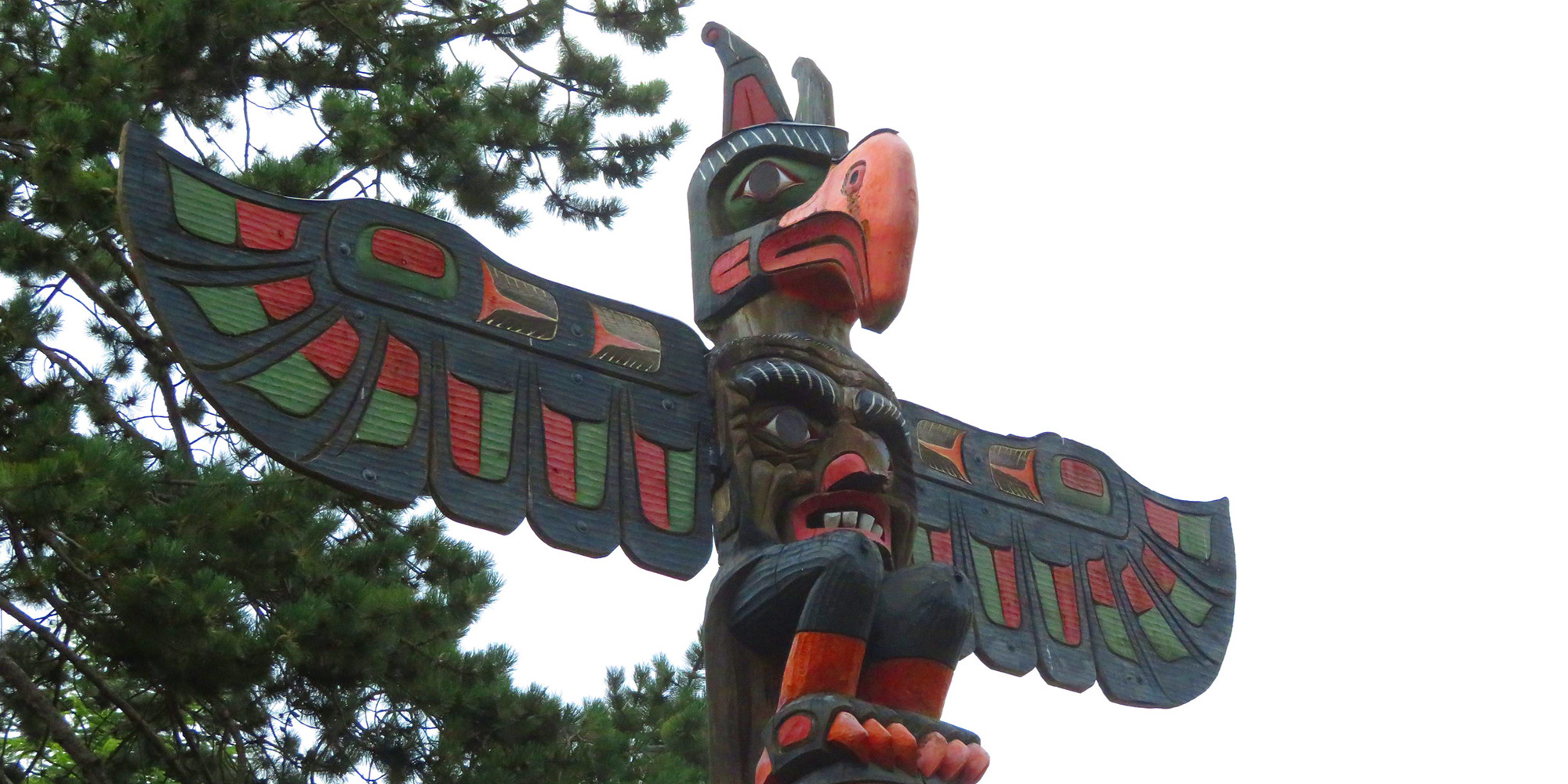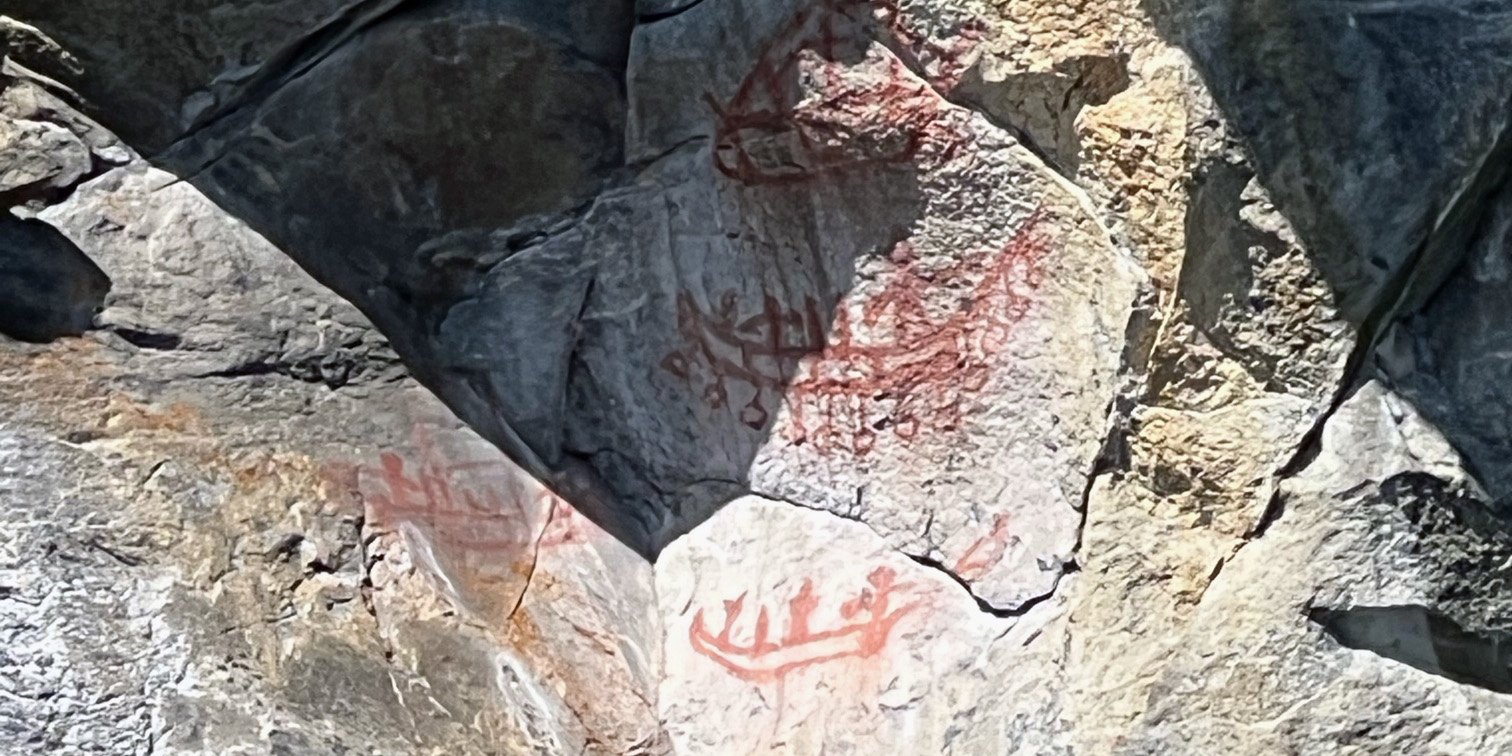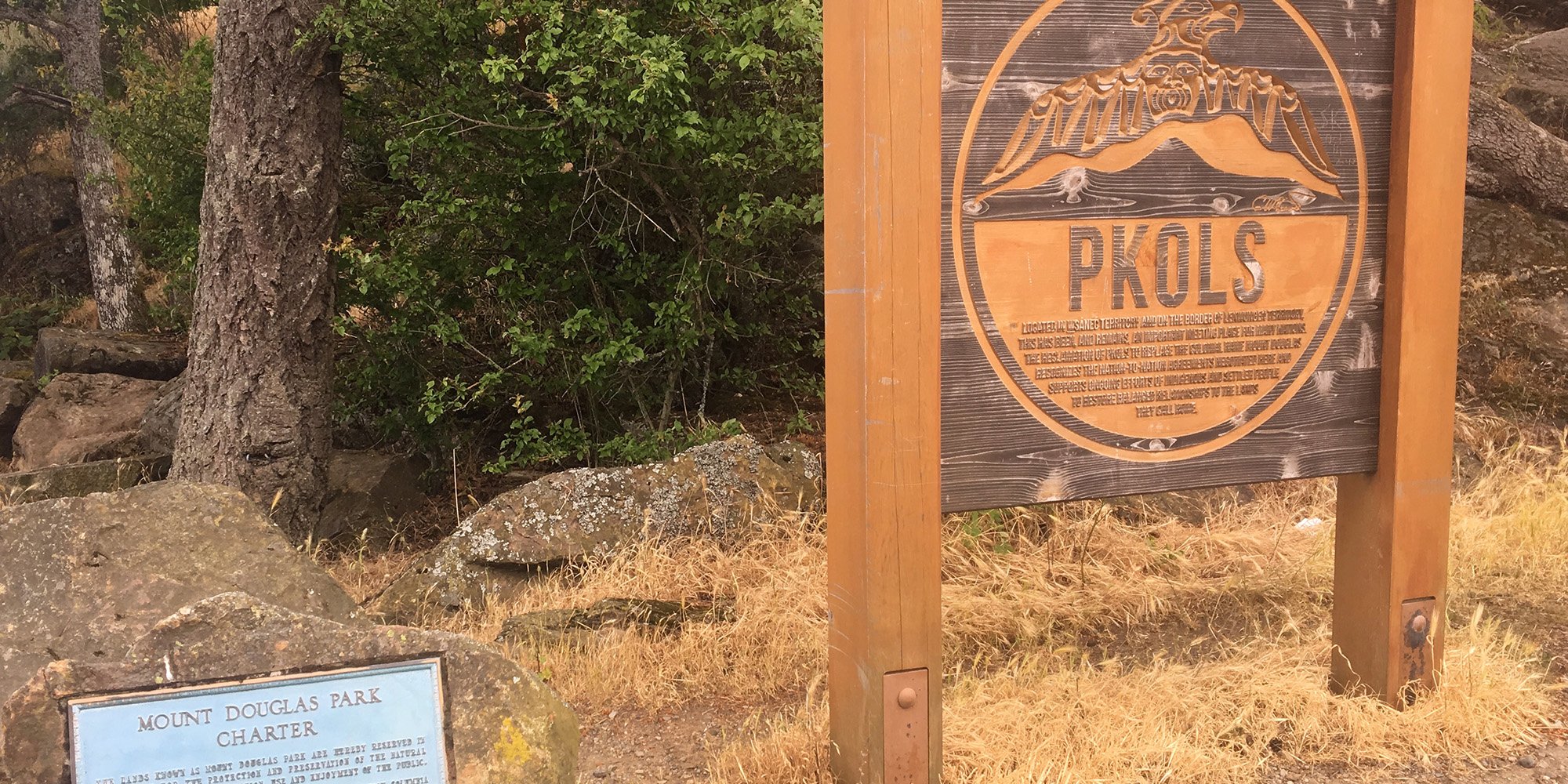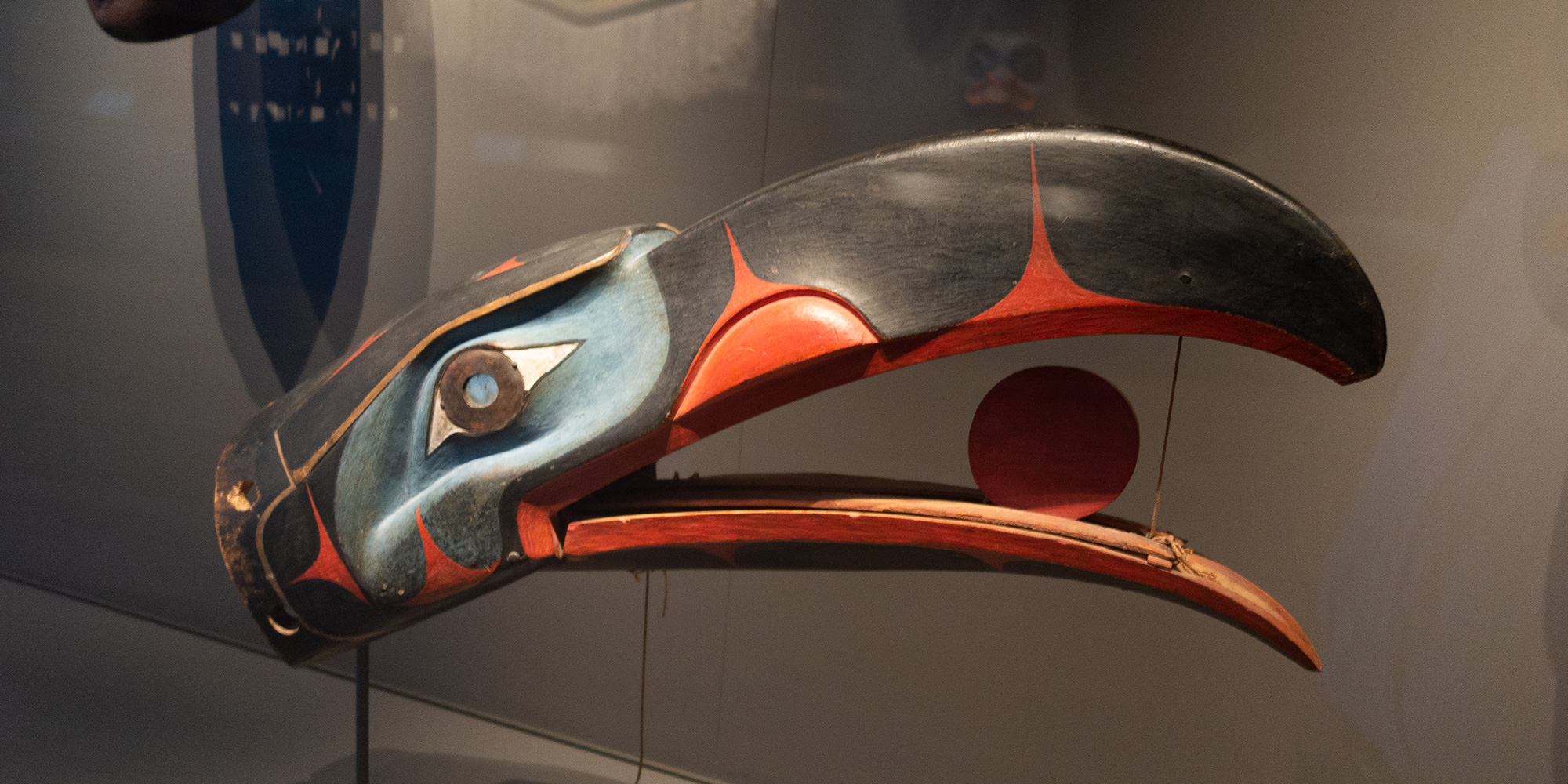Indigenous Peoples Did Not Have Written Languages
Many Indigenous Peoples of North America did not have written languages and instead relied on oral histories to pass down their traditions and...

There has been much discussion in the scientific community about how and when Indigenous Peoples populated the Americas. One prevailing theory is that Indigenous Peoples arrived by crossing a land bridge sometime around the end of the last Ice Age, 10,000 to 12,000 years ago. This theory holds that people from Asia migrated into the area that is now the Bering Strait to populate North and South America. More recent scientific research suggests that North and South America were populated by continuous waves of migration over a period of time that extends well beyond the last Ice Age. This more recent research also indicates that due to glacial ice, the land bridge may have been impassable up until 12,000 years ago, which doesn't explain how North America became inhabited prior to this time. Exactly how the Americas were populated prior to European contact has not been definitively determined.
Most cultures, including Indigenous cultures, hold creationism as an explanation of how people came to populate the world. If an Indigenous person were asked his or her idea of how their ancestors came to live in the Americas, the answer would probably include a creation story and not the story of migration across a land bridge.
Take the Gwawaenuk creation story, for example. The first ancestor of the Gwawaenuk tribe of the west coast of British Columbia is a Thunderbird. The Thunderbird is a supernatural creature who can fly through the heavens. One day at the beginning of time, the Thunderbird landed on top of a mountain called Mount Stevens in the Broughton Archipelago at the northern tip of Vancouver Island. Upon landing on Mount Stevens, the Thunderbird transformed into a human form, becoming the first ancestor of the Gwawaenuk people. This act signals the creation of the Gwawaenuk people, as well as defining the territory, which the Gwawaenuk people would use and protect.
Now the idea of a Thunderbird landing on a mountain and transforming into a human being may sound unusual and a little bit silly, but to the Gwawaenuk person, it doesn't sound any more silly or unusual than, say, a virgin birth or a person walking on water or coming back from the dead or even parting the sea. It is what they believe, though, and if we want to be effective, we cannot undermine their core religious and spiritual beliefs.
Indigenous Peoples across Canada have their own creation belief that has been told in the form of a story of their ancestors.
The Iroquois creation story often includes elements of the earth being formed on the turtle's back hence the expression Turtle Island.
The Inuit creation belief often includes a story of the world being made by Raven, a man with a raven's beak. Raven drew the ground up from the water and fixed it into place.
The great land of the Inuit is the sea, the earth, the moon, the sun, the sky and stars. The land and the sea have no boundaries. It is not mine, and it is not yours. The supreme being put it there and did not give it to us. We were put there to be a part of it and share it with other beings. The birds, fish, animals and plants.
Sam Metcalfe, personal communication with the staff of the Royal Commission on Aboriginal Peoples
Remember that Western Science challenges all kinds of religious and spiritual beliefs and it is important not to challenge, undermine, or belittle the religious or spiritual beliefs of Indigenous Peoples or any peoples for that matter. Doing so will take away your effectiveness.
Featured photo: Blake Handley, Flickr

Many Indigenous Peoples of North America did not have written languages and instead relied on oral histories to pass down their traditions and...

What is the relationship between Indigenous Peoples and place names? Indigenous place names carry knowledge that has been passed from generation to...

This is the second in a three-part series on repatriation – why it is necessary, the relationship between Indigenous Peoples and museums, and the...